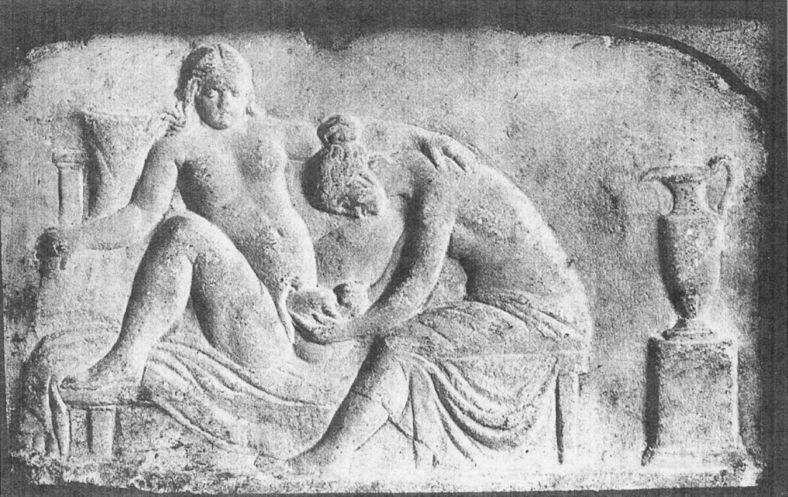"In Indonesia, the baby's placenta is considered its twin and becomes a kind of guardian for the child. Family members and birthing attendants bury the placenta outdoors.
The Igbo of Nigeria, some people of Malaysia, and many other cultures also consider the placenta a twin and bury it outdoors.
In Cambodia, the location of the placenta's burial is very important, as it is considered the origin of the baby's soul. Spiked plants are often planted around the burial place to keep away evil spirits.The tradition in Cambodia is to wrap the placenta in banana leaves and keep it close to the newly born child for three days, after which it is given a burial.
The Maori of New Zealand call the placenta the whenua, or "the land." The placenta and the umbilical cord are placed in a special container and buried on the child's tribal land, thus reinforcing that child's tie with their birthplace. Ipu Whenua
In Thailand, the placenta is cured with salt and placed in a clay pot. The pot is buried in a special site under a tree with the month of the child's birth determining which way the pot will face.
There are a few regions in South America where the
the placenta is cremated and and buried in the ground where it is believed that it will be protected from evil entities.
In America, the Navajo Indians bury the placenta within their reservation as an honour to their ancestors. Items are also commonly buried with the placenta such as books or religious items in hopes that the child will be smart or pursue certain skills or traits.
Hawaiians also practice burial rituals with a new tree planted over the placenta. It is believed that the placenta must be treated as a sacred object and that proper burial rites be given to ensure the good health of the new baby.
The placenta is highly regarded in many cultures around the world, and this sacred treatment is a testament to the significance of the placenta as an important symbol of life, energy, and spirit.
Birth control?!?
The placenta isn't exactly considered birth control, but reportedly in Transylvania, a couple who wanted no more children would burn their baby's placenta, and then the father would drink the ashes to render himself infertile (supposedly).
In the Ukraine, families avoid burying the placenta in a doorway, which could mean the couple will have no more children. Some Ukrainian midwives claimed they could tell how many subsequent babies a couple would have by examining the placenta.
It appears that humans are more likely to bury the placenta than consume it. But either way, it's clear that many cultures consider the placenta an important symbol, of life, spirit, and belonging.






